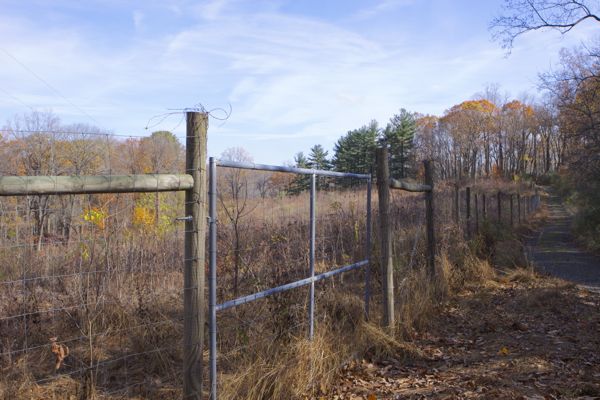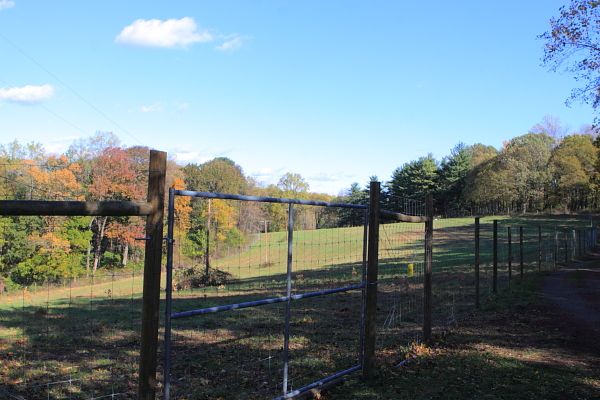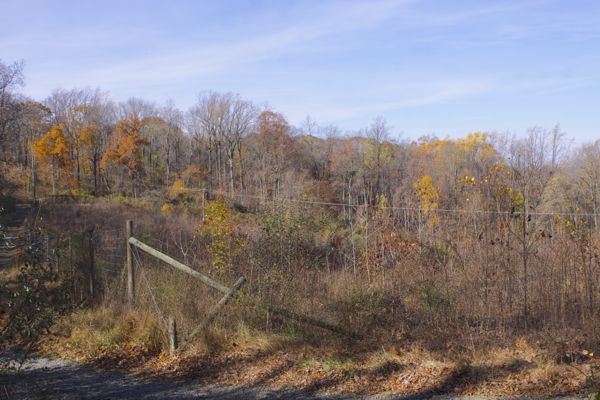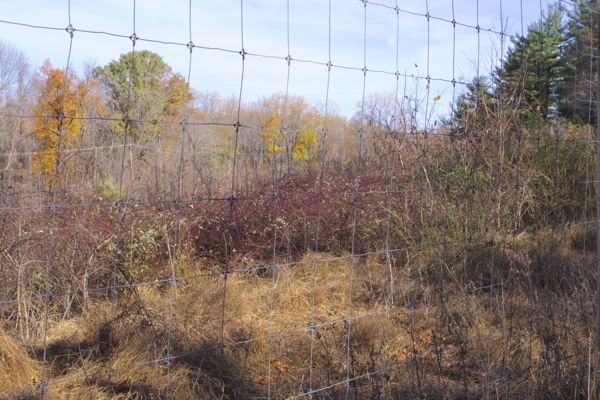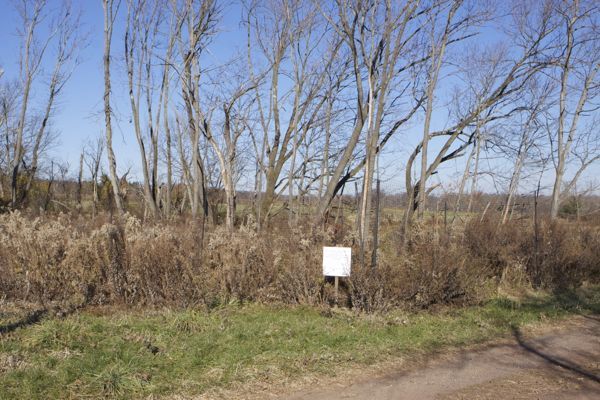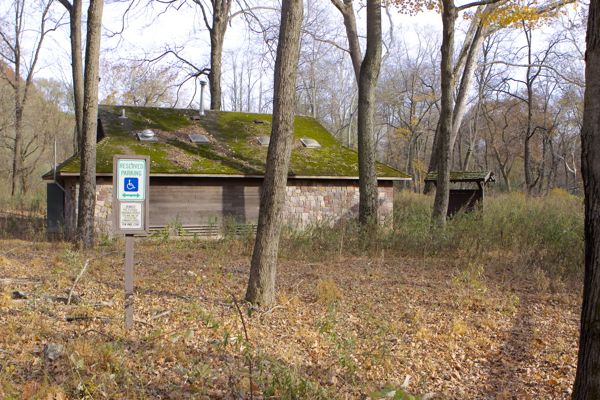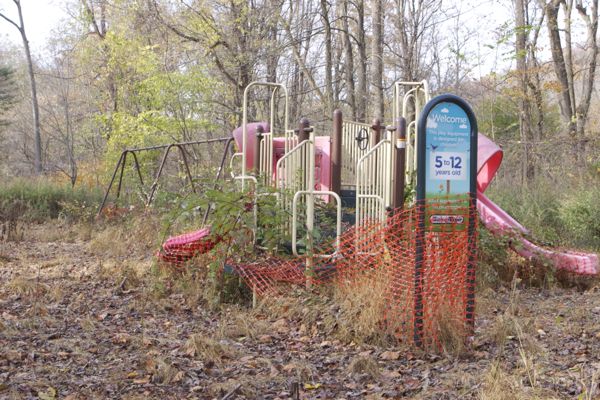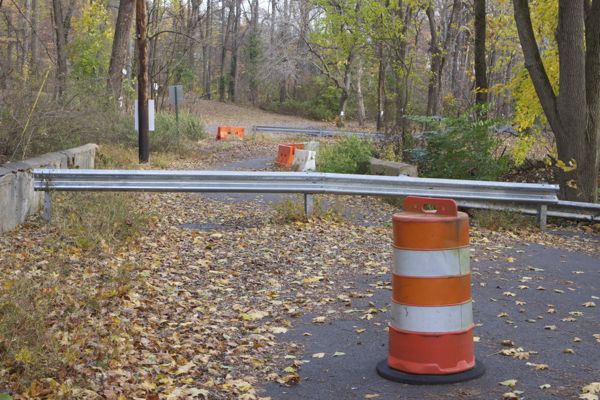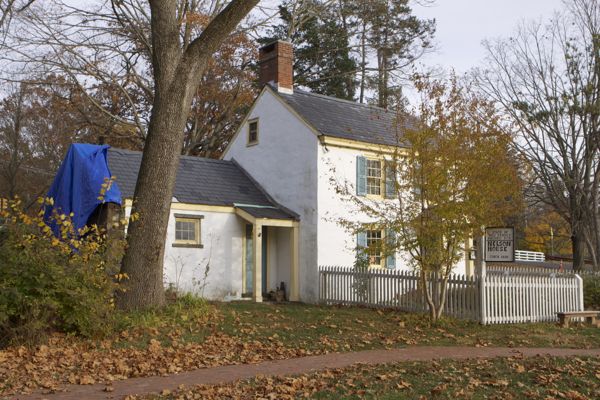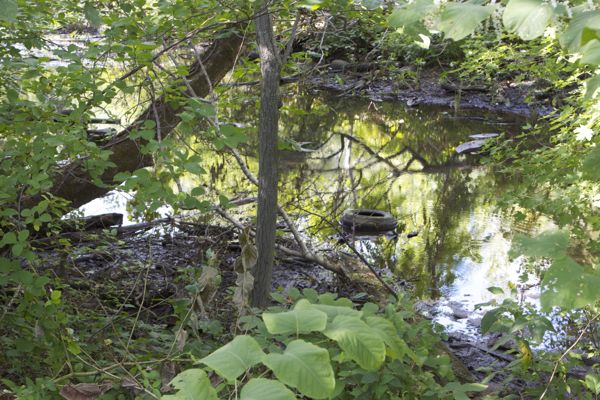NJ Spotlight Asks: Are We Serious About Water Quality?
The Answer Is A resounding NO!
Corporate power blocks effective government regulation – It’s “Them” not “Us”
Longtime professional planner and water resource manager Dan Van Abs – previously in leadership positions with the Passaic River Coalition, NJ DEP, the Highlands Council, and now Rutgers – has an important opinion piece running today at NJ Spotlight, see:
Dan is an expert that has seen it all over the last 30 years, so his views must be taken seriously.
But, unfortunately, Dan’s analysis itself is part of the problem in the way it tends to shift the focus away from the critical issues, evade controversial and costly regulatory solutions, and fail to hold institutions and individuals accountable.
We do a lot of work on water quality here, so here was the comment I just fired off – I will add supporting links and lots more material later today:
As Mr. Van Abs correctly notes, success in reducing water pollution was driven by and the result of: 1) regulatory mandates, 2) strong government, 3) funding, and two he ignores; 4) principled environmental activists and 5) an aggressive press.
But not made clear by Van Abs is that all of those successful tools are being dismantled – so the answer to your question is obvious: we are not remotely serious about water quality.
On the strong government and regulatory front, Gov. Christie has abandoned all forms of socialistic planning (including water quality and land use planning), while the Christie DEP has made DEP “customer” (i.e. corporate & polluter) friendly and hostile to “job killing red rape”. To push that agenda, DEP is seeking to weaken current water quality standards and has failed to move forward and keep pace with the science in adopting more stringent new standards, like for nitrogen driven eutrophication and wildlife criteria like PCB, DDT, & mercury.
On the enforcement side, long ago, DEP provided “flexibility” in NJPDES discharge permits to avoid the mandatory penalties of the NJ Clean Water Enforcement Act. Under Gov. Christie, DEP enforcement policy was gutted, and inspections and fines and penalties are at an all time record low.
With respect to Van Abs’ observations on phosphorus effluent limits in the Passaic Basin, that 25 year delay was the result of the Whitman DEP’s flawed “settlement agreement” in lieu of enforcing the Clean Water Act WQBEL and TMDL provisions.
I worked with DEP Commissioner Campbell to bypass the delay ridden settlement and TMDL process that failed the Passaic. Instead, we imposed P WQBEL effluent limits in NJPDES permit amendments in hundreds of sewage treatment plants statewide – not sure what the status of implementation of those permit limits are, but I can assure readers that that kind of regulatory stick is superior to negotiation, compromise and voluntary measures.
We see the same problem in Barnegat Bay, on the verge of ecological collapse, and the Christie DEP is still denying “impairment“, and suppressing science, and evading Clean Water Act regulatory sticks, as the developers pave over even more of the Bay’s watershed.
In terms of what the author refers to as “hidden costs”, I find it curious that the hidden costs of water pollution to human health and the environment go totally unmentioned. Yet another example of a warped fixation on costs, with no countervailing assessment of social or public benefits. The same problem is present in how climate and energy issues are being framed today.
The USGS and NJ DEP have documented hundreds of unregulated chemicals in NJ rivers and over 500 in NJ drinking water supplies. These chemicals include carcinogens and human endocrine disruptors that cause serious health effects, including reproductive and behavioral problems. These chemicals impact ecosystems as well. Ecologically, the majority (>50%) of fish sampled in a recent study on the Delaware river were found to be dual sexed – male and female in the same fish.
But bowing to NJ’s powerful pharmaceutical and chemical industries who profit from these toxic chemicals, the Christie DEP is covering that up. The DEP (Governor’s Office?) even appointed and allowed a Dupont corporate official to drive the science policy question of how to regulate them – see the most recent Report of the DEP Science Advisory Board for the details of that. We have written about that scandalous abuse and been totally ignored. Instead, the press writes Big Pharma cover stories about police drug enforcement oriented collection programs.
And van Abs provides no discussion at all about land development, the cooling tower issues, and how the extreme energy industry threatens our water resources – from fracking to off shore drilling – and the corporate power that blocks effective government regulation. It’s “Them” not us.
On the environmental activist and financial fronts, we have a perfect storm of failure by the current crop of environmental “leaders”, who are not serious about water quality either – the most recent example being that the Open Space initiative diverted $10 million from DEP water quality programs and many millions more from underground storage tank and toxic site cleanup programs that improve water quality and reduce water pollution sources.
So, “we” are not at all serious – and the source of many of the most serious WQ problems still remains “them” – corporations, polluters, sewage plants, and developers.
The fact that all these problems are being virtually ignored by the environmental community – with the exceptions of CSO’s and cooling towers and fracking– and that failure of leadership and activism goes unsaid here is part of the problem as well.

